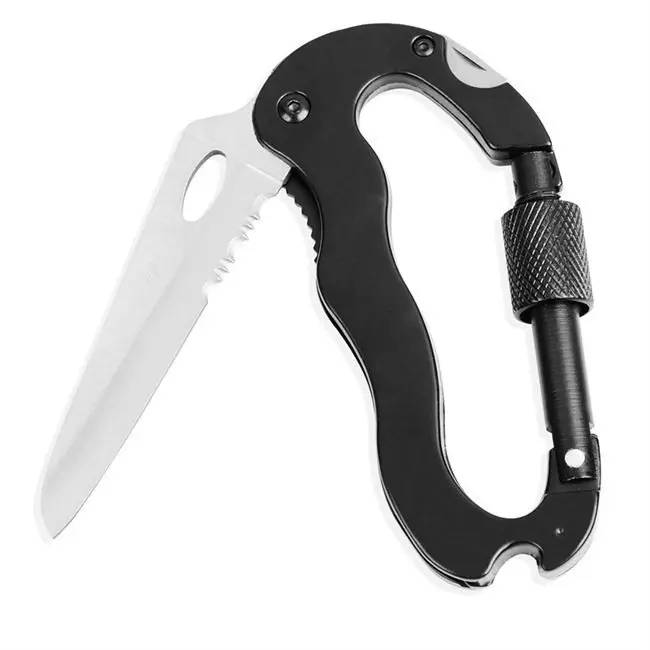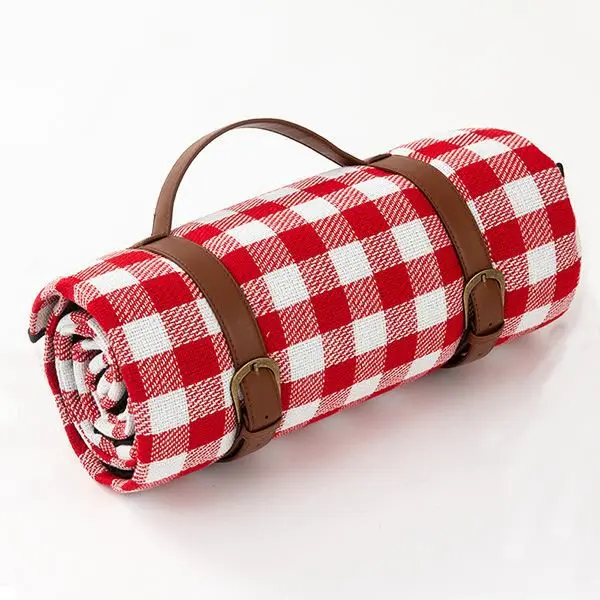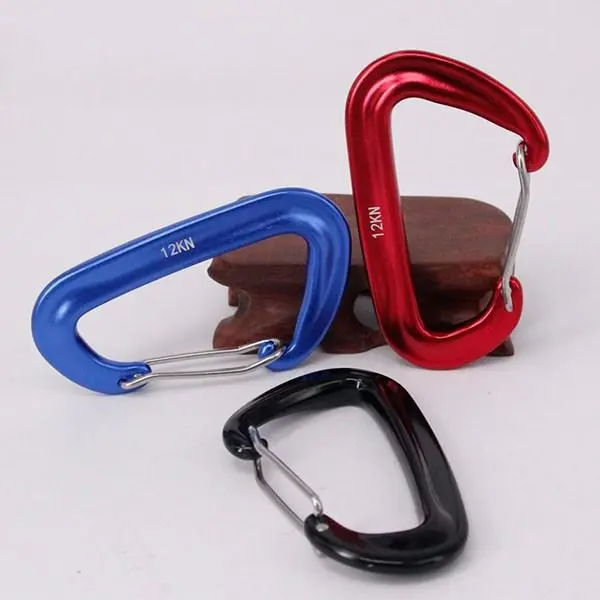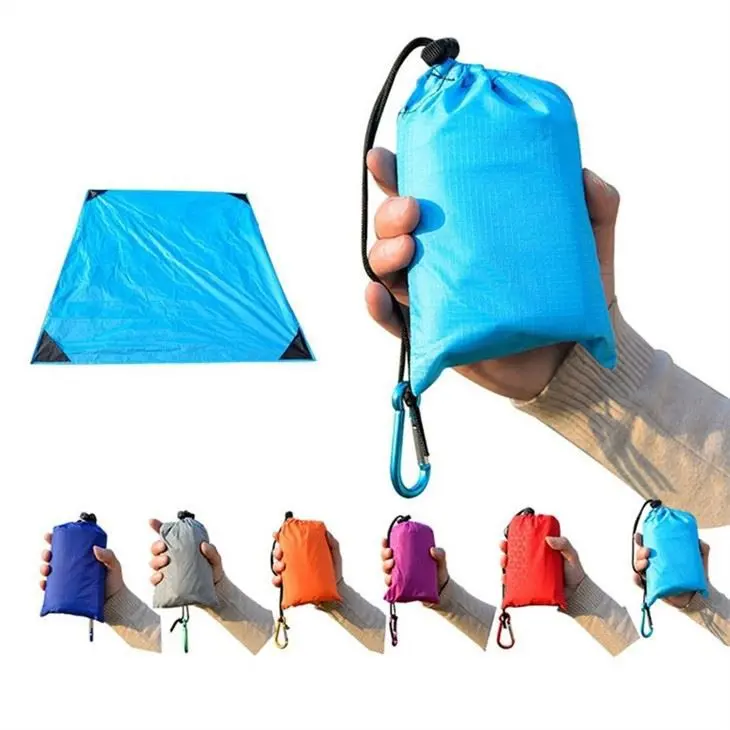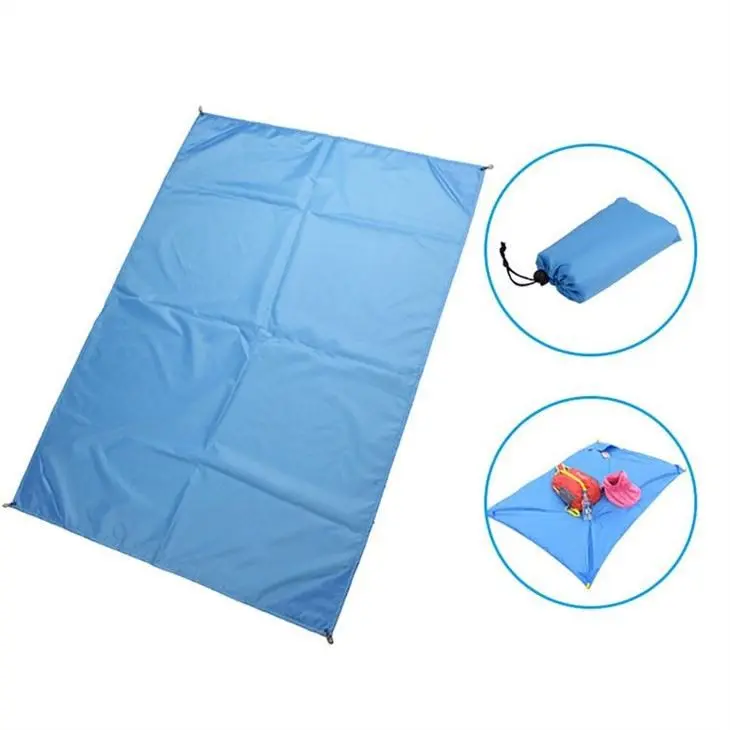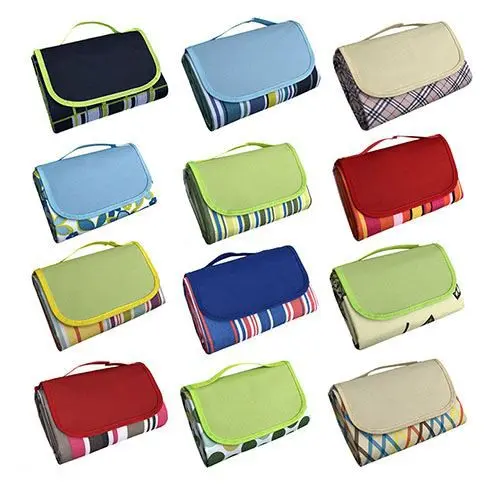Xiaobai’s guide to outdoor camping: mattresses
People often ask me why I still feel cold when I sleep on a top-brand sleeping bag that I spent thousands of dollars on, even though it’s not particularly cold at night. Did you buy a fake sleeping bag? "Generally when encountering this kind of situation, I will learn about their usage habits in detail. Except for a small part of them because they are particularly afraid of cold due to physical problems and the ambient temperature is significantly lower than the comfortable temperature standard, most of them are because they do not pay attention to sleep. caused by pads.
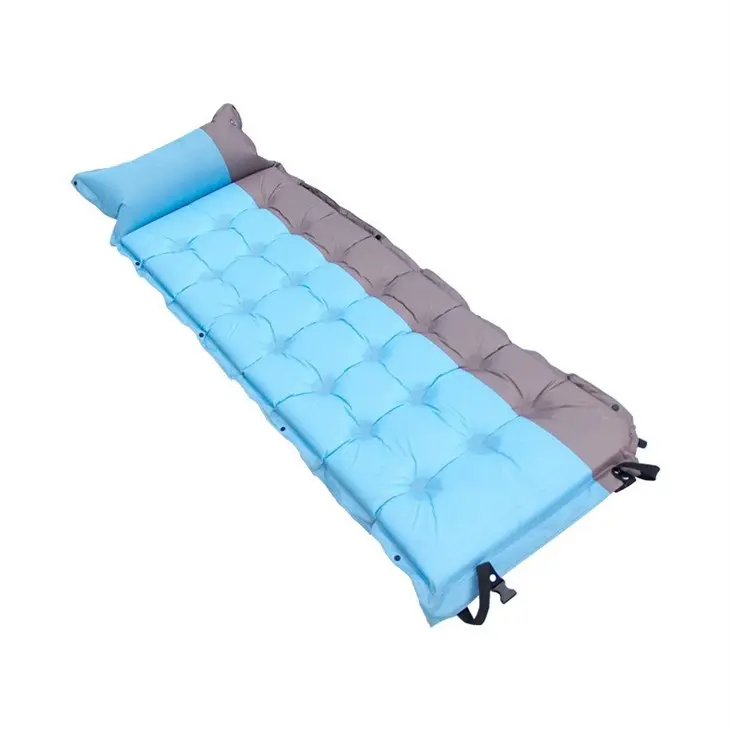
In fact, sleeping bags and sleeping pads are the two most important items for keeping warm while camping. Quite a few outdoor enthusiasts attach great importance to the former and are willing to pay a lot of money for sleeping bags, but often ignore the role of sleeping pads. High-profile sleeping bags + low-profile sleeping pads are common combinations, so it’s not surprising that the above scenario occurs.
Why does this happen if the sleeping pad is not suitable? As mentioned earlier, sleeping bags rely on internal fillings of down, cotton or rayon to keep them warm. These fillings have a fluffy structure that can hold a large amount of air in them and keep the air in a still state, thereby forming a thermal insulation layer.
When the camper falls asleep, their body will compact the part of the sleeping bag between the body and the ground due to gravity. The filler inside is greatly reduced in fluffiness and cannot accommodate the still air to form a thermal layer. Therefore, these parts The thermal insulation effect of the sleeping bag will drop sharply. At this time, the sleeping pad must be used to keep the parts of the body in contact with the ground warm. If the sleeping pad has low thermal insulation effect, feeling cold will become inevitable.
If the tent is our outdoor house, and the inner tent is the bed and mosquito net, then the sleeping mat is equivalent to the mattress.
A sleeping mat is an essential tool for campers, often called a moisture-proof mat or ground mat. It is spread in the inner tent and laid on when camping. Without a sleeping pad, campers almost sleep directly on the hard ground. Even if they are wrapped in a sleeping bag, they will still feel the discomfort caused by the uneven potholes and foreign objects on the ground.
In addition, even on hot summer nights, the ground temperature will be much lower than the air temperature. If it is in other seasons or high altitude areas, the ground temperature will be even lower, and there will even be snow and ice. Without a sleeping pad, the camper's body will be Direct contact with the ground causes conductive heat dissipation, making it feel unbearably cold. Therefore, the function of a sleeping pad is to make campers sleep more comfortably while providing insulation and warmth.
For the above reasons, we should no longer ignore the role of sleeping pads, so how to choose a sleeping pad that suits you? We might as well learn about the performance indicators of sleeping pads, types of sleeping pads and their respective characteristics.
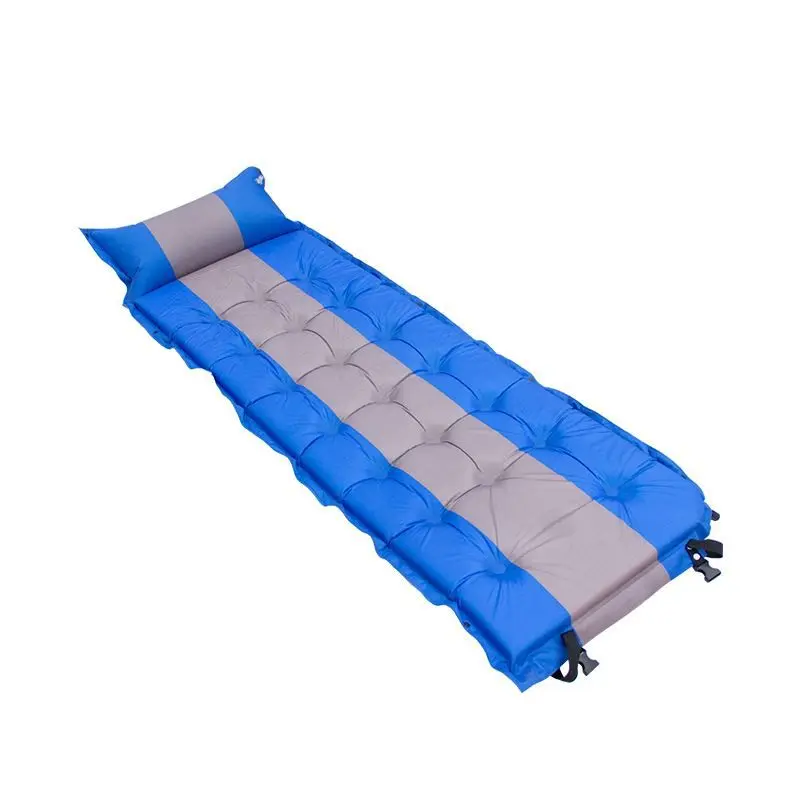
Sleeping pad performance indicators
1. R-value thermal insulation coefficient
Many professional sleeping pads will have words such as "R-value 2.6" and "R-value 4.1" on the packaging or pads. When choosing a sleeping pad, please be sure to pay attention to this value. It represents the level of thermal resistance. Specifically Generally speaking, it is the ability of a certain material to prevent heat from passing through per unit area. In layman's terms, it is the insulation effect of this mat. The higher the R value of a certain item, the lower the heat loss when passing through the material, and the better the insulation.
R-value is a measure of thermal resistance, and in addition to being used to characterize the insulating properties of sleeping pads, it's also used by engineers and scientists to characterize the insulation effectiveness of everything from window glass to sheet metal. When choosing a sleeping pad, the R-value provides a wealth of reference information. Usually, different R-values correspond to certain environments:
R1.0~R2.1 suitable for hot summer
R2.1~R3.3 is suitable for spring, summer and autumn.
R3.3~R5.0 suitable for cold winter
R5.0+ is suitable for extreme cold areas
When we choose a sleeping pad, we need to choose a sleeping pad with a corresponding R value based on the season and temperature of the natural environment of the destination we may go to. However, the indicators corresponding to the above values are only a rough reference range and require detailed analysis of specific situations. For example, in spring, summer and autumn, we may also go to high-altitude cold areas. Although it is summer, the temperatures in these places may also reach It's several degrees below zero or even dozens of degrees below zero. If we still apply it mechanically, there will definitely be problems. In addition, because there are individual differences between different people, each person's tolerance to cold varies widely, so if you are particularly afraid of the cold, you can choose a sleeping pad with a higher R value than the normal one.
It should be noted that the sleeping pad only blocks heat conduction between the lying human body and the ground to maintain warmth. It does not generate heat itself, so even a sleeping pad with a high R value can be used in areas with relatively high temperatures. environment of.
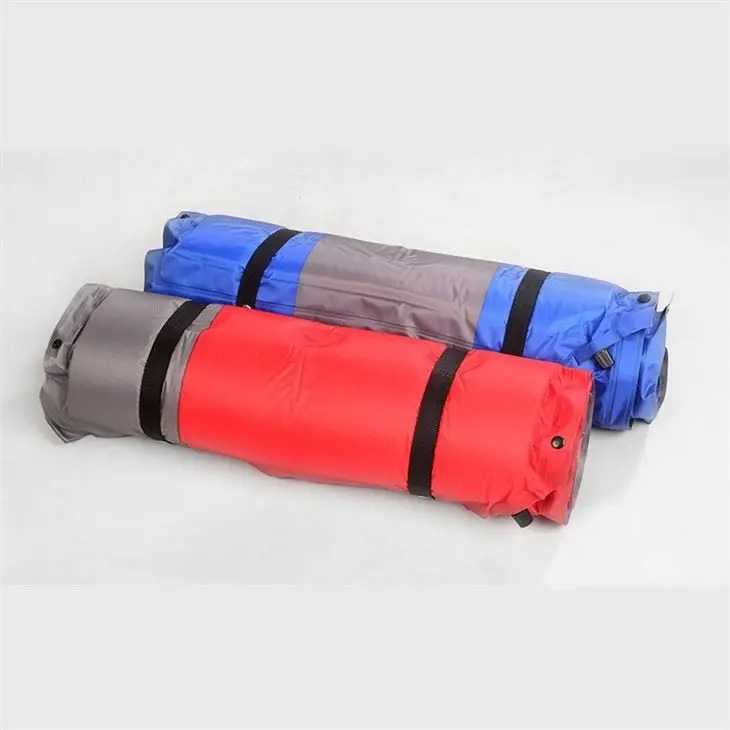
2. Sleeping pad size and weight
Hiking camp is different from self-driving travel. The latter can use vehicles to transport various materials directly to the camp, while the former requires
Hiking enthusiasts carry all their equipment on their own back to the camp. The distance may be very long, so they have high requirements on the size and weight of the equipment. Outdoor equipment that is too large to store and too heavy will make it difficult for people to walk.
Most hiking and camping sleeping mats are designed for one person. Unless the children in the family are very young and can squeeze in with the adults, there is one sleeping mat for each person. If you are traveling as a family or a couple, you can also choose a double sleeping pad. However, the double sleeping pad is generally used for self-driving and camping in the park. The storage volume and weight are often larger and heavier than two single sleeping pads. , of course, it will be more comfortable to use.
Many brands will divide sleeping pads into standard sizes (R or M) and large sizes. Some brands also divide small sizes or even extra small sizes. Regardless of the brand, sleeping pads of the same size are basically the same size, which is determined by the size of the tent. The width of medium size, small size, and extra small size is generally between 50-54 cm, and the length is generally 1.8 meters, 1.6 meters, and 1.2 meters respectively. The width of large size is generally about 60-63 cm, and the length is 1.95-2 meters. There will be no larger size than this, otherwise the double tent cannot fit two large-size sleeping mats side by side. Users can choose large, medium or small sleeping pads according to their body shape. As for adding a small size, this is mainly for users of lightweight equipment and has nothing to do with body shape.
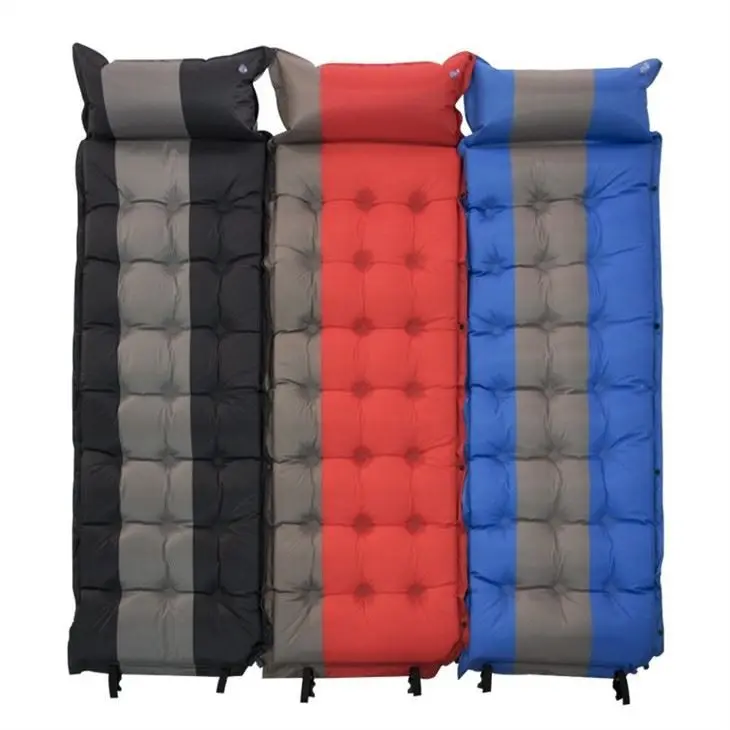
The thickness of sleeping pads generally ranges from 2 cm to 10 cm depending on the type. Thickness and comfort are basically proportional. The thicker the sleeping pad, the better it will filter the back feeling caused by uneven ground. I have used several self-inflating sleeping pads myself, the thickest one is 10cm, and it is really comfortable to sleep on. It is completely made by Simmons for outdoor use. But having said that, the thicker the sleeping pad of the same type means the heavier it is, so it depends on you.
In addition, the R value is also directly proportional to the thickness of the sleeping pad. Generally, the thicker the sleeping pad of the same material and design, the higher the R value and the warmer it is.

